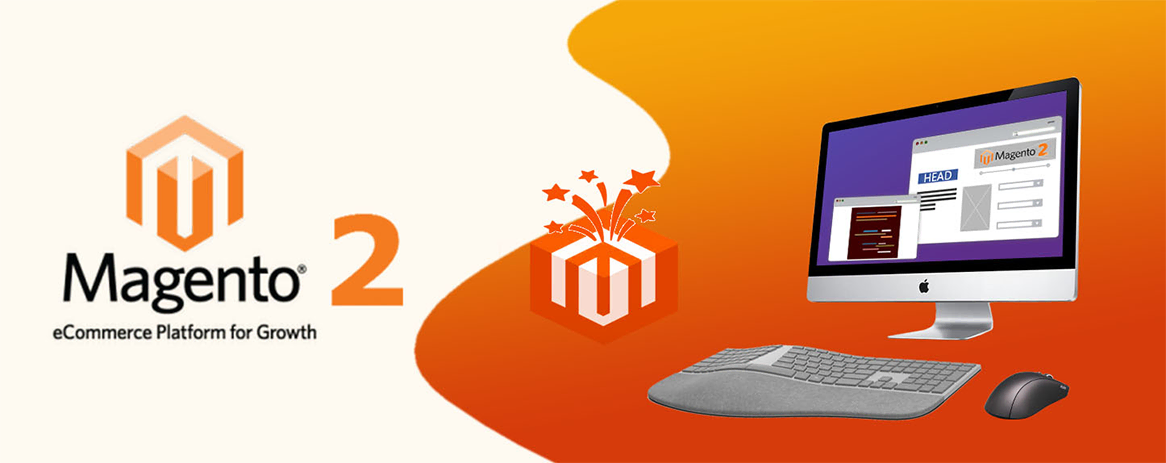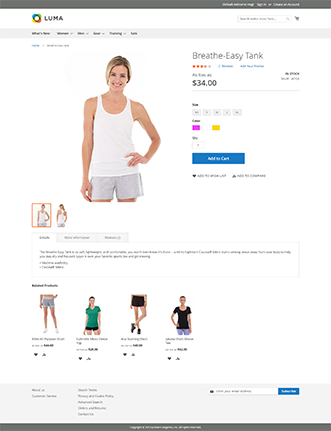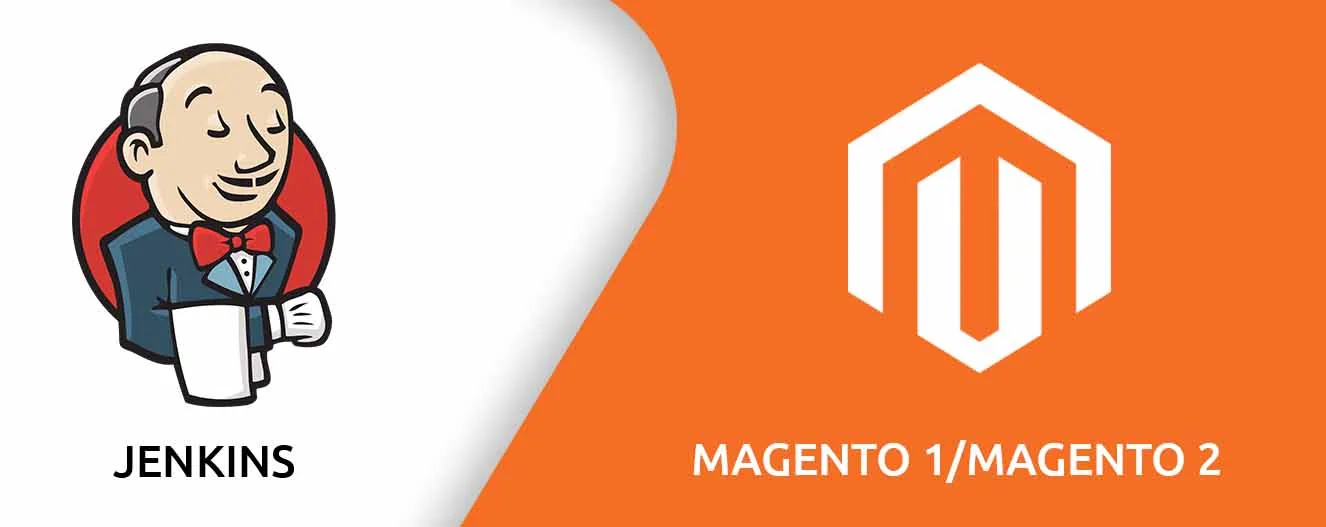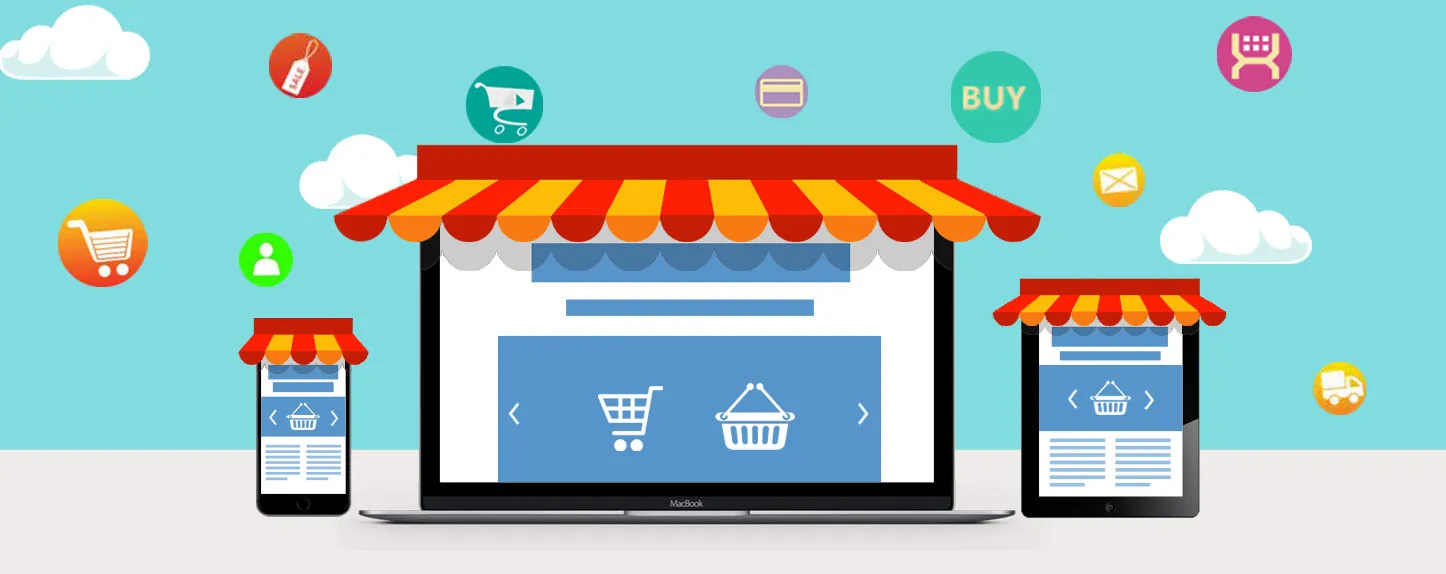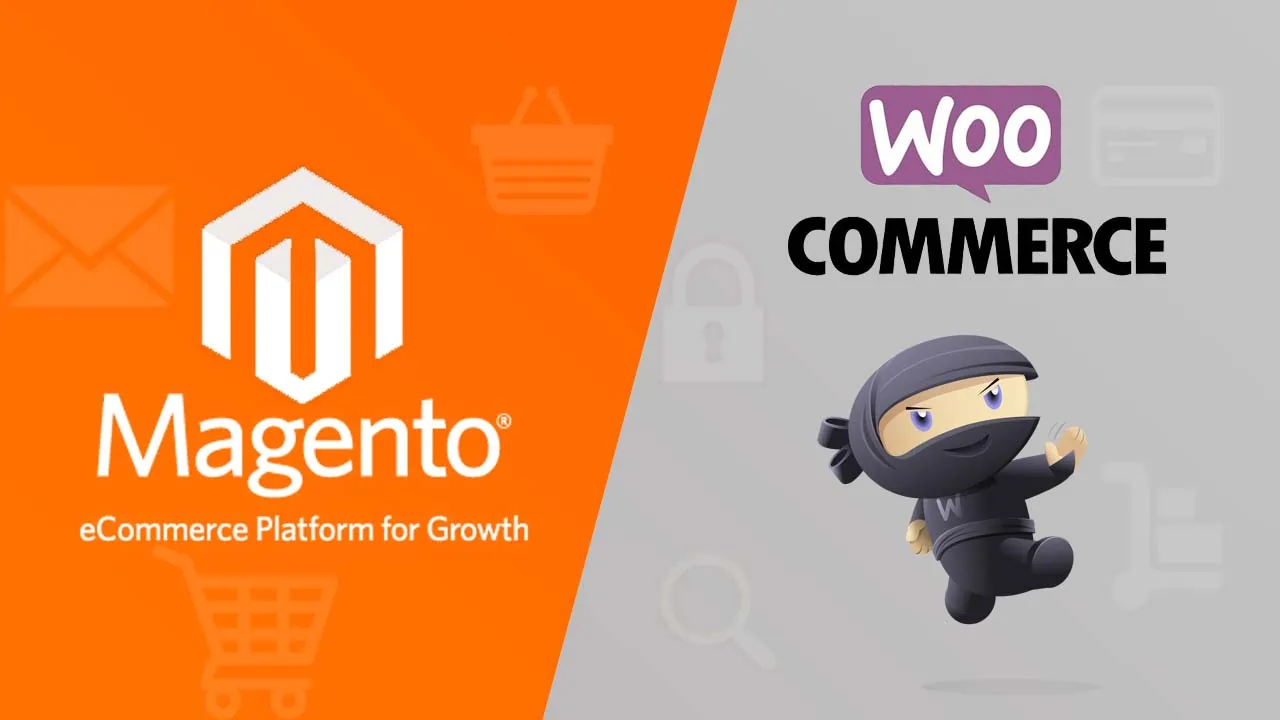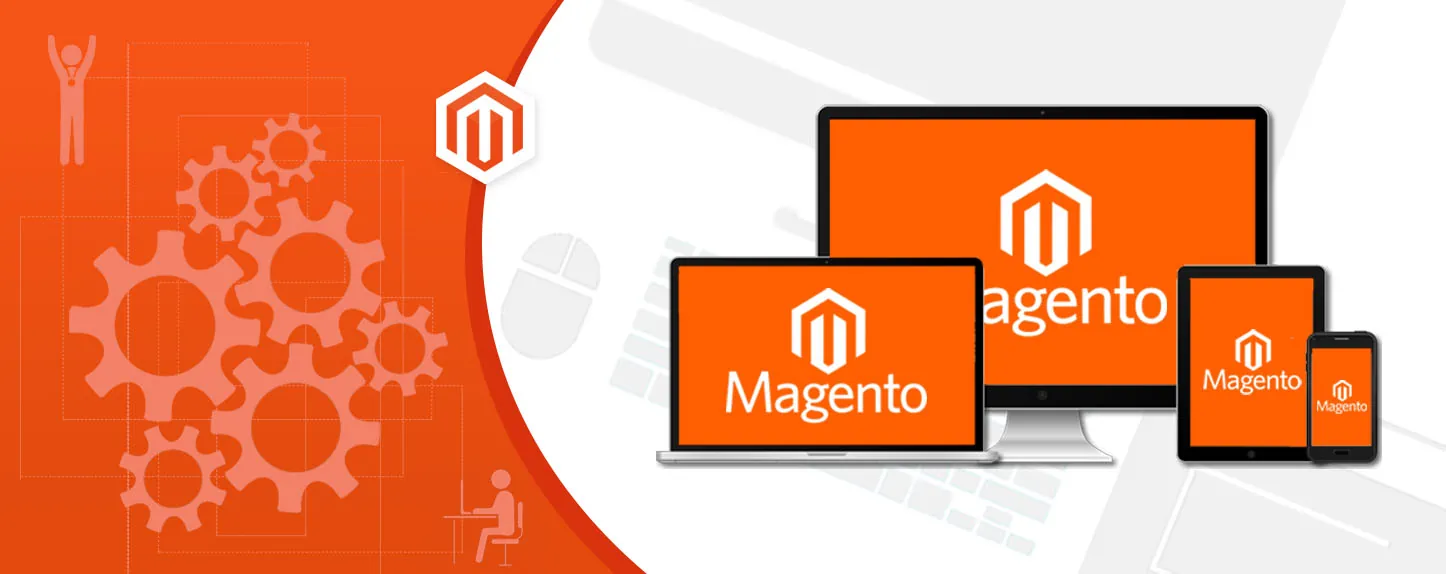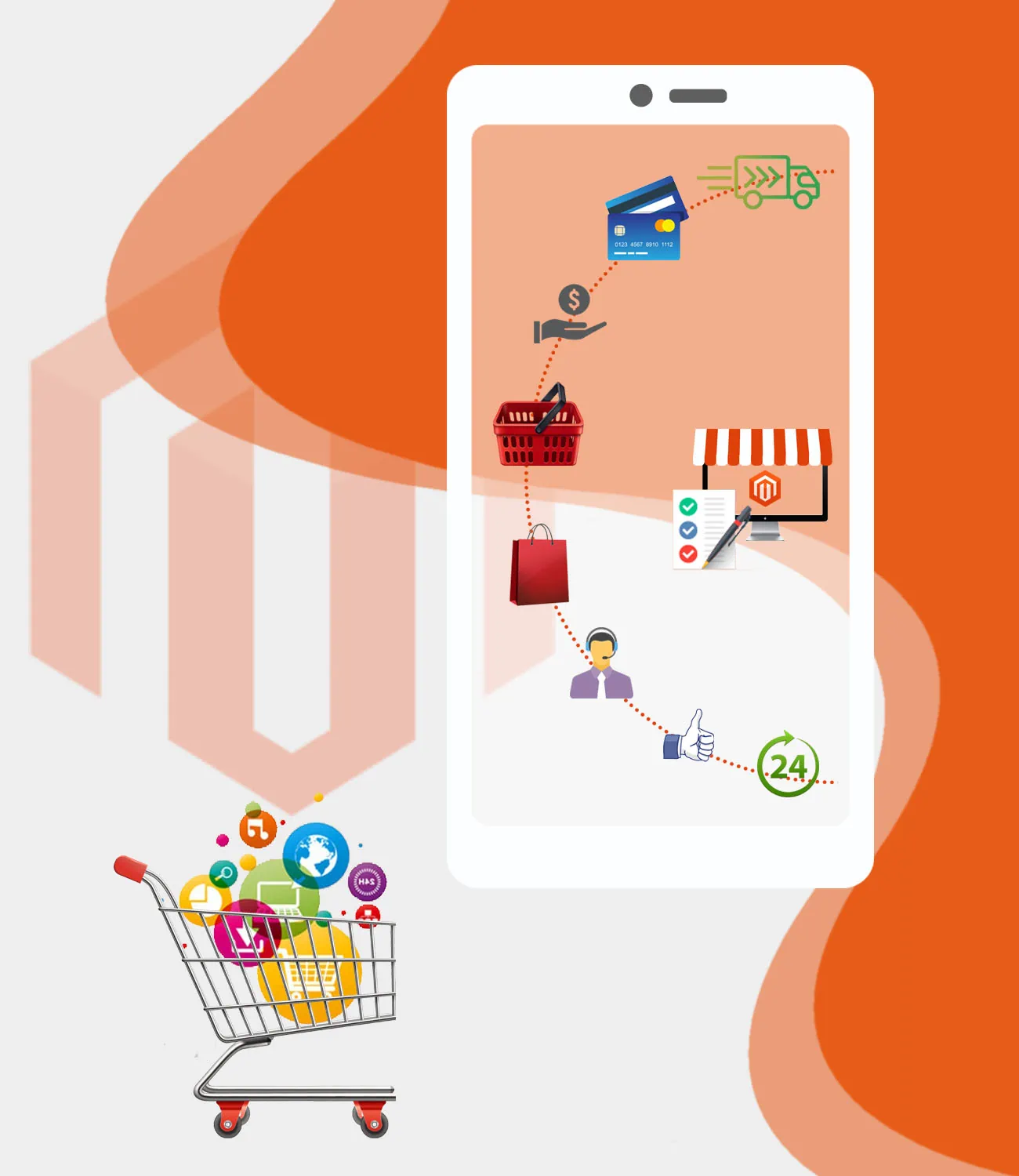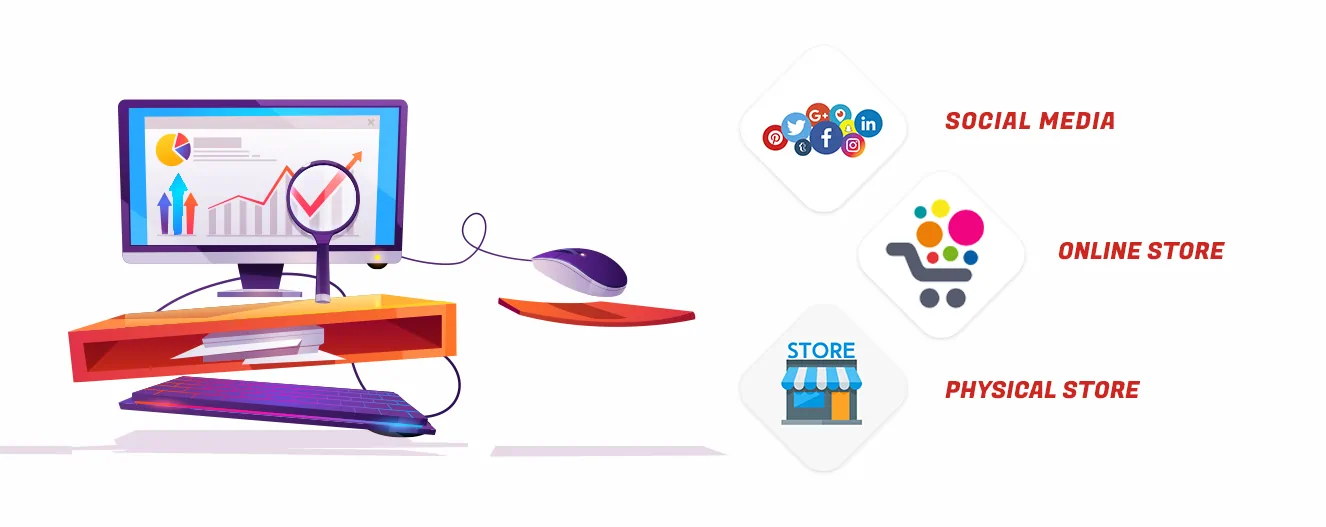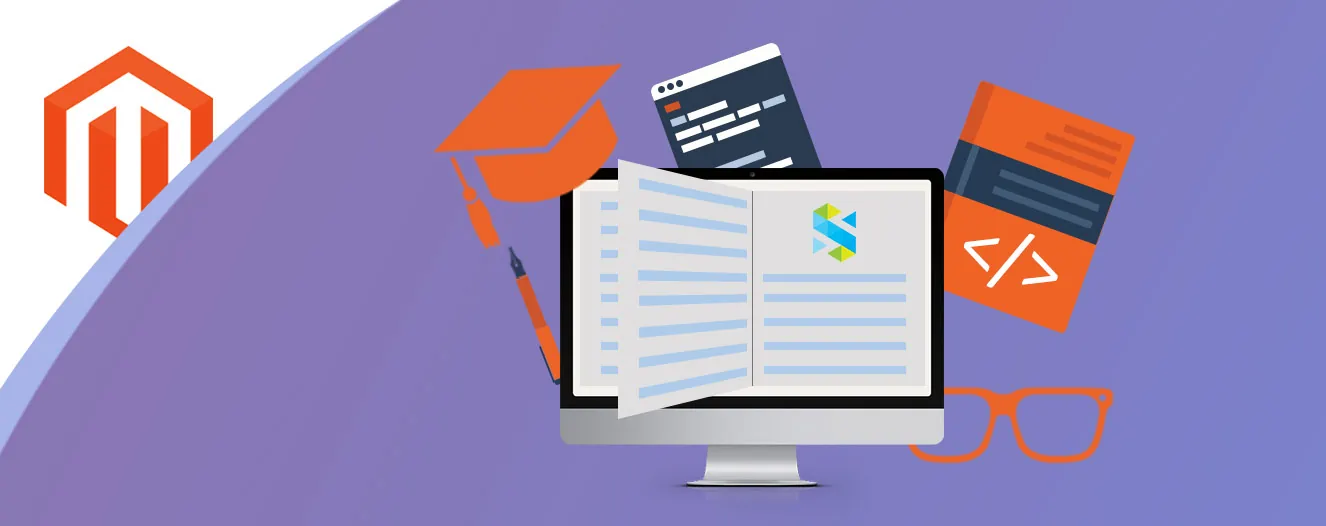Empowering Women Entrepreneurs: The Impact of Magento Ecommerce Solutions
Streamlining Success for all women entrepreneurs. How NeoSolax the Magento Company Enhances Back-End Strategies
A big shoutout for the women who brighten the world with their smiles and who relieve the world with their kindness and compassion, Happy Women’s day.If you're a woman entrepreneur venturing into the dynamic world of online ecommerce business, you understand the importance of a seamless and efficient back-end ecommerce strategy.In today's digital age, ecommerce serves as a powerful tool for women entrepreneurship. It provides a platform to showcase products, reach a global audience, and compete in the market on an equal footing.
In this article, we'll explore how Magento ecommerce system and Magento company plays a pivotal role in your company, supporting and empowering women entrepreneurs in their digital journey.
One of the key advantages of leveraging Magento company is the streamlined business processes it offers.Recognizing the unique challenges faced by women entrepreneurs, Magento ecommerce agency provides tailored solutions. Understanding the nuances of your business allows them to craft strategies that resonate with your target audience.
Breaking Barriers and Boosting Visibility: The Role of NeoSolax in Nurturing Women-led Businesses
Breaking barriers and providing accessibility are fundamental aspects of empowering women entrepreneurs in the digital marketplace. Magento company contributes to women entrepreneurship by creating user-friendly interfaces and implementing strategies that enhance online visibility.
Implementing effective SEO strategies is a key element in boosting online presence. A well-optimized website increases visibility in search engine results, attracting potential customers.

As a women entrepreneur or investor data protection and fraud prevention are critical concerns for any online business. NeoSolax as your Magento ecommerce agency partner we will implement robust security measures to safeguard sensitive information, ensuring a secure and trustworthy shopping experience.
Women are the embodiment of facing and winning challenges. NeoSolax is always behind you to assist women entrepreneurship by navigating their challenges and providing a better service.
Selecting the right ecommerce agency is crucial. NeoSolax as a Magento ecommerce partner we provide practical tips and criteria for making an informed decision, emphasizing the importance of compatibility with your business goals.
In conclusion, the partnership between women entrepreneurs and NeoSolax is a powerful synergy that propels businesses to new heights. The seamless integration of technology, tailored solutions, and a collaborative approach creates an environment where women entrepreneurship can thrive in the digital marketplace. Your success is our success, Happy Women’s day.


